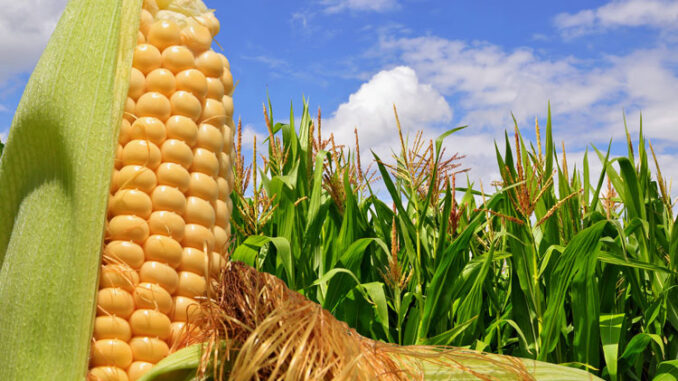
If you live in the Midwest, you might have recently heard the term “corn sweat.” Some meteorologists used this term to explain why late summer humidity levels were so high and why it felt so hot. So, what is corn sweat and how does it affect the weather?
Corn releases moisture, and like sweat, it evaporates [changes from a liquid to a gas]. But corn isn’t the only one to blame. This happens in all plants, and it technically isn’t sweat. The process is called transpiration. Plants take in water from the soil through their roots. The water moves throughout the plant and evaporates through tiny pores in the plants’ leaves.
The water vapor [the gas form of water] goes into the air. An acre of corn can release 3,000 to 4,000 gallons of water into the atmosphere per day. Since there are over 90 million acres of corn planted across the Midwest, this can really add up. And high temperatures increase rates of transpiration.
The added moisture raises humidity levels. Humidity is the amount of water vapor in the air. Humidity makes it feel hotter. When sweat evaporates off our skin, it makes us feel cooler. But when humidity is high, the air already has a lot of water vapor in it, so our sweat does not evaporate as well, and we do not cool off as well.
Though the “corn sweat” can be uncomfortable for people, it is a sign of good health for the corn. It means that there is plenty of water in the soil and that the corn is growing like it should.
What Can You Do? Wrap a plastic bag around part of a plant. Carefully secure it with tape. Observe the bag for a few days. What evidence do you see of transpiration?
Photo Credit: Smereka/Shutterstock



